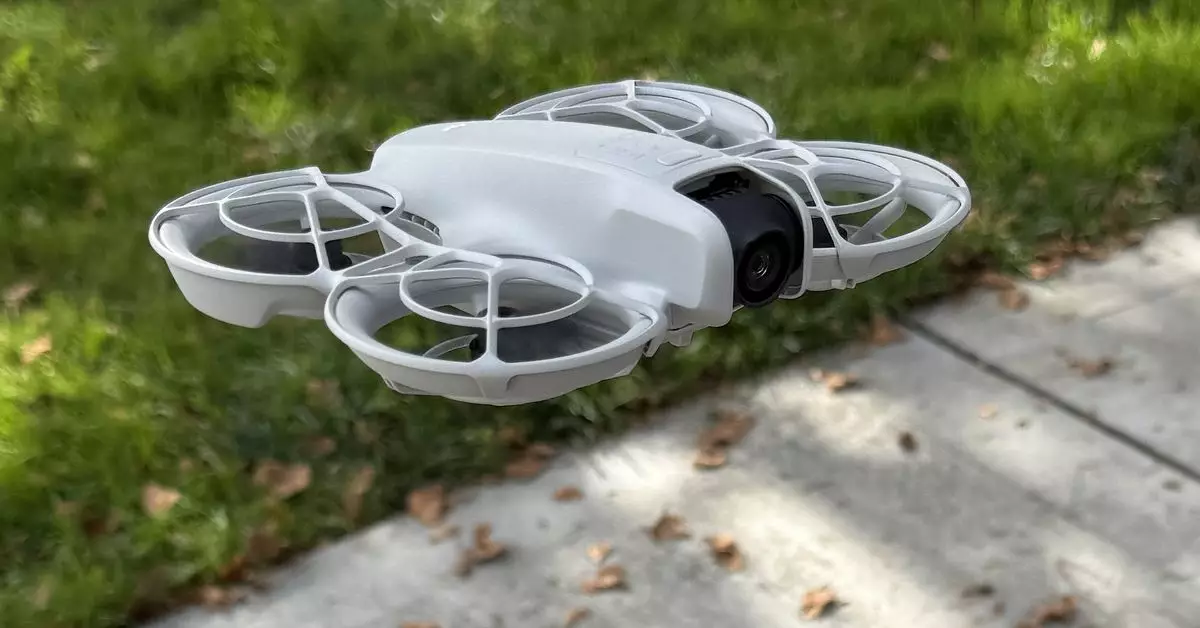The drone market has seen significant evolution in recent years, with companies striving to create compact, user-friendly devices that cater to modern consumer demands. DJI, renowned for its cutting-edge drone technology, launched the $199 Neo selfie drone, which was initially met with mixed reviews due to its limitations. However, recent firmware updates have transformed the Neo, making it a serious contender among budget drones while addressing criticisms that could have potentially stymied its popularity.
A major drawback of the Neo was its inability to shoot vertical video, crucial for social media influencers who predominantly use platforms like TikTok and Instagram Reels. Recognizing this, DJI has incorporated a vertical video functionality that could potentially redefine how users capture content. Additionally, the performance enhancements following the update have dramatically improved the drone’s tracking capabilities—now able to keep pace with cyclists at speeds up to 20 mph, a significant leap from its previous limitations. This rapid advancement might inspire users to engage more deeply with their environment, capturing spontaneous moments effortlessly.
While these updates create an ideal environment for content creators, it’s also important to note the limitations in video quality. The Neo’s vertical mode captures footage at 1080p resolution, lacking the much-coveted 4K capability. Although 60 frames per second is an appealing offer for dynamic shots, the graininess associated with the 1080p option could deter some users who prioritize high-definition content. This insistence on quality often overrides convenience for seasoned influencers, and DJI must address these aspects if it aims to retain this animating group in the long term.
Gaining access to these exciting features isn’t entirely straightforward. The necessity to update the DJI Fly app in tandem with the drone poses a challenge, particularly for Android users, who may face compatibility hurdles due to DJI’s recent withdrawal from the Google Play Store. Such technical barriers could frustrate potential buyers, especially novices who might struggle with updating apps or navigating installation permissions. As a result, while the improvements in the Neo’s design can likely boost its adoption, DJI must consider simplifying access to its updates and features to encourage inclusive participation from all user demographics.
The DJI Neo drone is undoubtedly evolving into a more enticing product with its vertical video feature and enhanced tracking ability. However, the real test lies in its reception among content creators who demand high fidelity in their output. The combination of user experience, accessibility, and video quality will ultimately define the Neo’s success in a market brimming with competitors. As DJI continues to innovate and refine its products, remaining attuned to consumer needs will be essential in maintaining its edge in the drone industry.


Leave a Reply